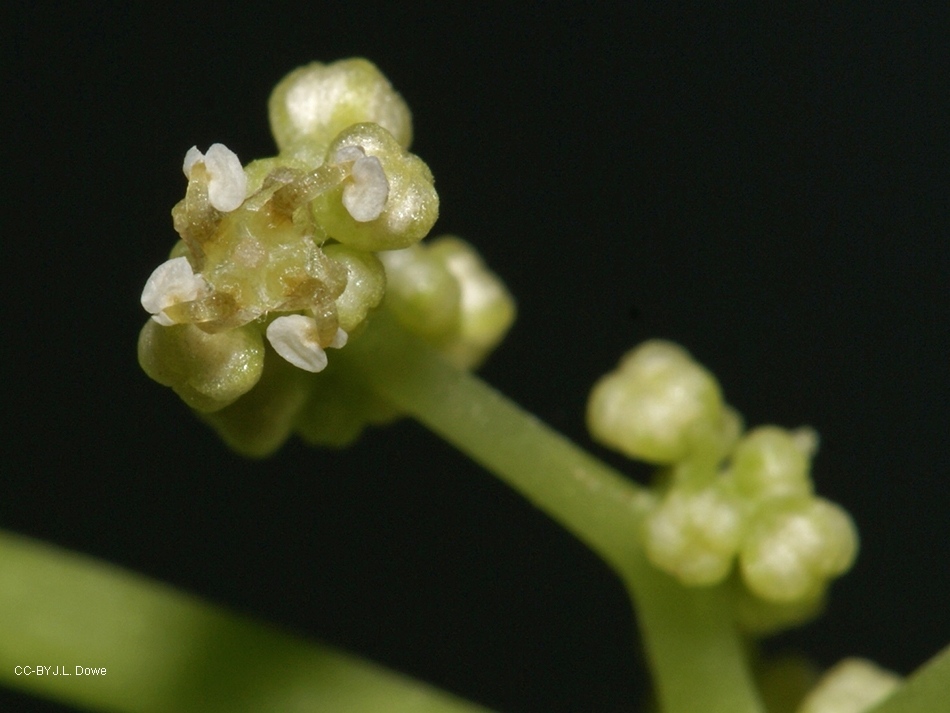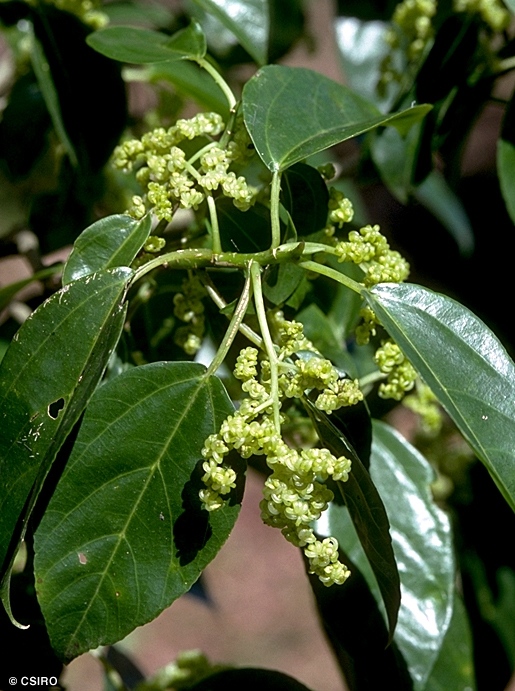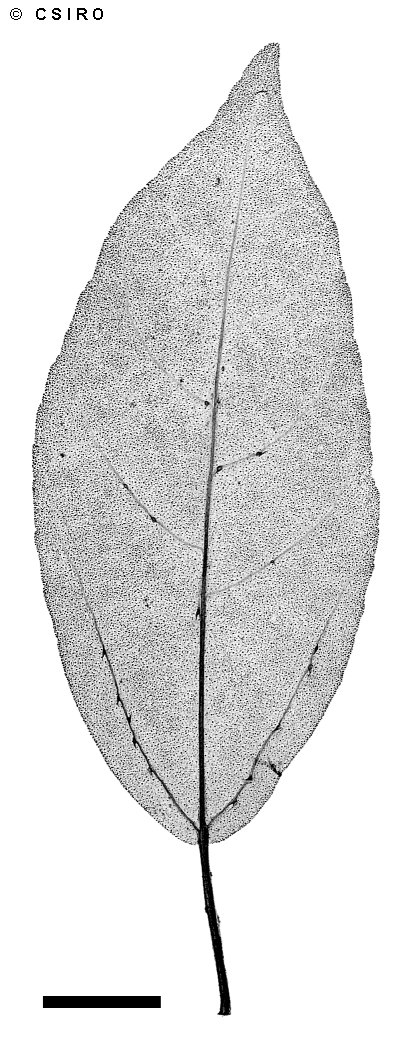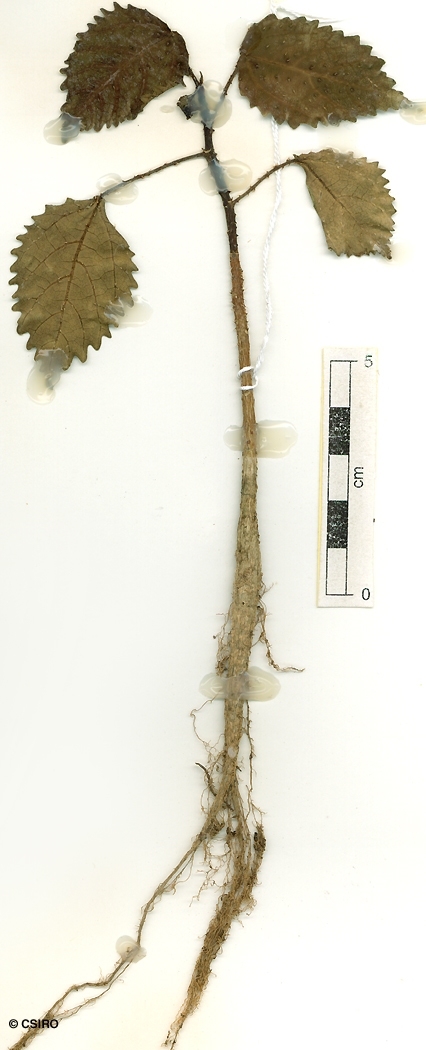Australian Tropical Rainforest Plants - Online edition
Dendrocnide photinophylla (Kunth) Chew






Chew, W.L. (1965) The Gardens' Bulletin Singapore 21 : 205.
Fibrewood; Shining-leafed Stinger; Shiny Leaf Stinger; Shiny Leaf Stinging Tree; Shiny-leaved Stinger; Shiny-leaved Stinging Tree; Small-leaved Nettle; Shining leaved Stinging Tree; Mulberry-leaved Stinging Tree; Gympie; Stinging Tree, Shining Leaved; Mulberry Leaf Stinger; Gympie Gympie
Wood extremely soft and light. Fibrous stripes in the outer blaze are darker than the general blaze colour. May be deciduous; leafless for a period in September or October.
Stinging hairs present on the inflorescences but more obvious on the receptacle. Perianth about 1 mm long. Style clothed in short, erect hairs. Stigma about 1 mm long.
Cotyledons oblong to almost orbicular, about 3-5 x 2-5 mm. Oil dots numerous, visible with a lens. First pair of leaves toothed and clothed in stinging hairs. At the tenth leaf stage: leaves ovate, apex acuminate, base obtuse; both the upper and lower surfaces of the leaf blade, petiole and stem clothed in setaceous stinging hairs; margin crenate with teeth all around the leaf blade; stipules oblong. Seed germination time 24 to 38 days.
The leaves and twigs of this species inflict a significant sting but the effect is not as bad as that of D. moroides or D. cordifolia and does not last very long. Still a plant to be avoided.
Food plant for the larval stages of the White Nymph Butterfly. Common & Waterhouse (1981).





